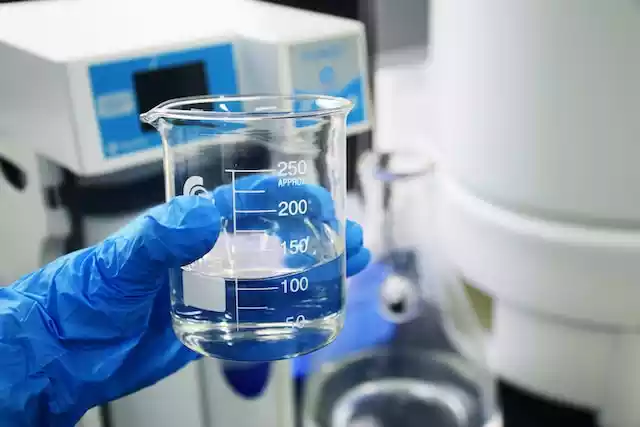What Is the Difference Between Alkalinity and Basicity?

Alkalinity and basicity are two concepts that describe different properties of solutions and compounds.
Conceptually, alkalinity refers to the presence of certain ions (primarily hydroxide ions, OH-) in a solution, while basicity refers to the ability of a molecule or ion to accept protons in chemical reactions.
What is Alkalinity?
Alkalinity refers to the ability of a substance to neutralize an acid. It is a measure of the concentration of bases (primarily hydroxide ions, OH-) in a solution.
Alkalinity is typically measured by titrating the solution with a strong acid until the pH reaches a certain point, known as the endpoint.
pH is a measure of the acidity or basicity of a solution. It is defined as the negative logarithm (base 10) of the concentration of hydrogen ions (H+) in a solution.
The pH scale ranges from 0 to 14, where a pH of 7 is considered neutral (i.e., the concentration of H+ and hydroxide ions, OH-, are equal), a pH below 7 is acidic (i.e., higher concentration of H+ ions), and a pH above 7 is basic (i.e., higher concentration of OH- ions).
For example, lemon juice has a pH of around 2, indicating that it is highly acidic due to its high concentration of H+ ions. Conversely, bleach has a pH of around 12, indicating that it is highly basic due to its high concentration of OH- ions.
The amount of acid required to reach the endpoint is then used to calculate the alkalinity of the solution.
In other words, Alkalinity is typically associated with solutions containing dissolved salts of weak bases (such as bicarbonate, carbonate, or hydroxide ions) and their corresponding acids.
The concentration of these ions in a solution determines its alkalinity, which is usually expressed in terms of the equivalent concentration of calcium carbonate (CaCO3) required to neutralize the solution.
What is Basicity?
Basicity pertains to the ability of a compound to donate a proton (H+) in a chemical reaction.
Basicity is a property of individual molecules or ions, and it is related to the availability of lone pairs of electrons on the molecule or ion.
Compounds with lone pairs of electrons are generally more basic than those without.
Basicity is typically expressed as a pKa value, which represents the acidity constant of the conjugate acid of the base. The higher the pKa value, the weaker the basicity of the compound.
Difference Between Alkalinity and Basicity
| Alkalinity | Basicity | |
|---|---|---|
| Definition | Alkalinity refers to the ability of a solution to resist changes in pH when an acid or base is added to it. | Basicity refers to the ability of a molecule or ion to accept protons (H+) in chemical reactions. |
| Measurement | Alkalinity is typically measured by titrating a solution with a strong acid to determine the amount of base required to neutralize it. | Basicity is typically expressed as a pKa value, which is related to the acidity constant of the conjugate acid of the base. |
| Units | Alkalinity is usually expressed in terms of the equivalent concentration of calcium carbonate (CaCO3). | Basicity is expressed in pKa units. |
| Property of solution vs property of molecule/ion | Alkalinity is a property of a solution. | Basicity is a property of individual molecules or ions. |
| Importance | Alkalinity is important in water treatment and environmental science, as it affects the buffering capacity of natural waters and can influence the solubility of minerals. | Basicity is important in organic chemistry, as it affects the reactivity and behavior of molecules in chemical reactions. |





